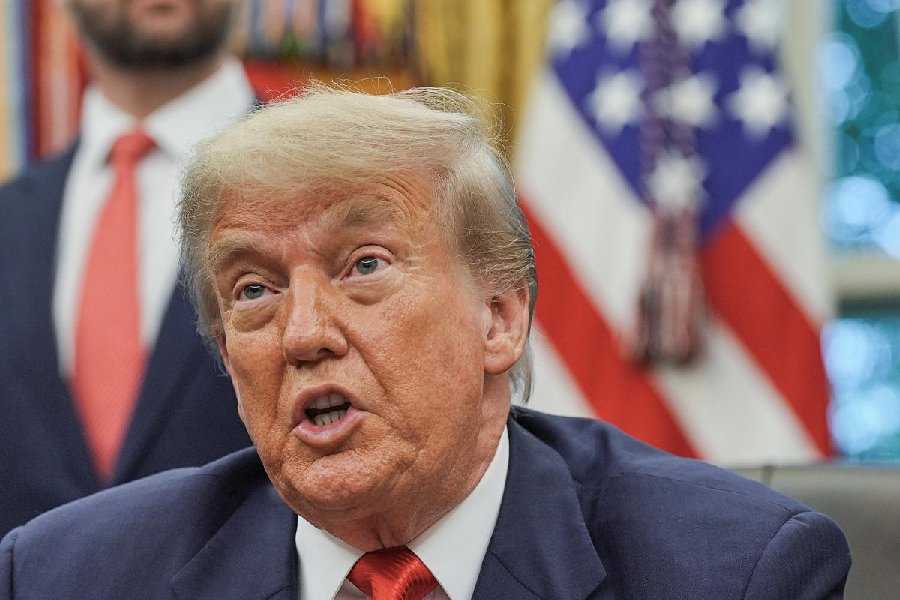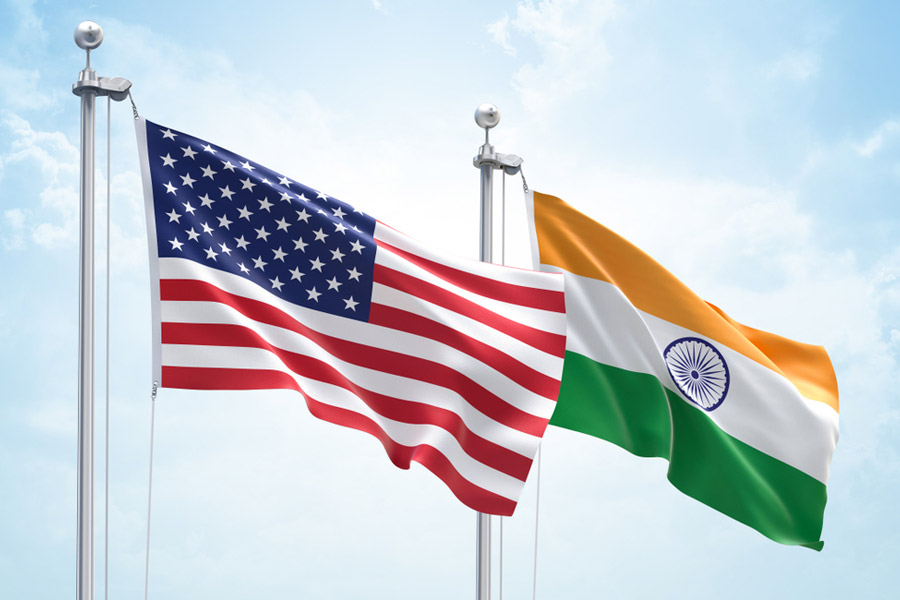|
|
| Alipore Zoo, April 2008 |
As a child growing up in Calcutta, one of the highlights of my existence was a visit to the Alipore Zoo. This venerable institution, dating back to Victorian times, housed a motley collection of animals and birds in tatty, smelly cages. However, in a world that did not have television channels such as National Geographic, Animal Planet or Discovery to show me exotic wildlife in Technicolor, the zoo was the grandest thing that existed. In hindsight, it was a poor experience: there was little attempt at interpretation, the cages could have been cells for dangerous criminals, and hordes of the public coursed past, throwing handfuls of peanuts, or worse, at the hapless, stressed-out displays. You generally came away with no knowledge, nor any particular penchant for wildlife and its conservation.
Zoos have existed since ancient times, when exotic animals were sometimes displayed in cages, or frequently set upon each other for the amusement of the populace, as in the Roman Circus. Ancient Egyptians kept menageries of animals on display, and the remains of hippopotami, giraffes, lions and baboons are frequently excavated from the ruins of their cities. In the modern times, it was the European colonials, with their vast empires and access to bizarre and exotic fauna, who had the richest collections. These were displayed in ornate but otherwise featureless cages for the amusement of the public.
It was only in 1907 that Carl Hagenbeck, a German businessman and menagerie owner, evinced the idea of displaying animals in open-air enclosures with an approximation of their natural habitat. His Tierpark Hagenbeck, in Hamburg, was the first zoo in the world that built enclosures and paddocks for animals, surrounded by tall fencing and moats for safety. The idea was, predictably, very popular and soon zoos across the world had adopted the concept and revolutionized the way animals were put on display forever.
The original idea of a zoo or a menagerie was to display animals from far corners of the colonial empire for public amusement. There was no real science or welfare involved, except perhaps interesting insights into their anatomy once the animals died, which they frequently did. However, these early zoos did inadvertently become repositories for animals that were fast losing their natural habitat under the onslaught of deforestation and hunting. And all too often, the last specimens of these animals died within the confines of cages in zoos across Europe and America — the Carolina Parakeet, the Tasmanian Tiger and the Passenger Pigeon being the more celebrated examples.
Zoos in their modern avatar have evolved considerably since those early days, particularly in Western countries. They have become invaluable centres for spreading awareness and scientific research, as well as for captive breeding of critically endangered fauna. The idea of breeding animals outside their natural environment was first mooted by Gerald Durrell in the 1950s. As a young keeper at the Whipsnade Zoo in the United Kingdom, and later as a collector of fauna from the tropics to sell to zoos in Europe, he realized that many of the habitats from where he collected animals were in imminent danger of disappearing. This, in an age when few people thought twice about clear-felling rainforests, burning grasslands and hunting indiscriminately. Indeed, many of Durrell’s zoo specimens were provided by traditional hunters and would have otherwise ended up on someone’s menu.
Durrell eventually set up the Jersey Zoological Park on the island of Jersey in 1959 with the express purpose of collecting rare and endangered wildlife species and breeding them in captivity to provide a population reserve that could potentially be re-introduced into the habitat should the wild stock be extirpated. To provide much-needed funding for the zoo, he also set up the Jersey Wildlife Preservation Trust (renamed the Durrell Wildlife Conservation Trust after his death).
It was this watershed event in the evolution of zoos that revolutionized the way zoos have been managed ever since. The Durrell model of zoos focused on their critical role as reserves for endangered animals that require breeding in captive conditions in order to survive, their secondary purpose being the education of the general public in the behaviour and natural history of species. However, Durrell also espoused that every effort should be made to preserve the wild population of a species, and that captive breeding should be the absolute last resort in its conservation.
The raison d’être of zoos changed; so did the welfare of animals. While Hagenbeck advocated displaying animals in their natural environment, Durrell additionally believed that animals should first be kept in enclosures that prioritized their comfort, social and ecological needs, natural history and behaviour over the viewing convenience of the public. Zoo management itself has become a mainstream subject and captive breeding (or ex-situ conservation, as it is now better known) is a subject that has been accepted by conservationists as a viable last resort in saving species. Zoos have successfully managed to breed rare and endangered species of fauna, including the Mauritian Pink Pigeon, the Round Island Boa and the Arabian Oryx (which were subsequently reintroduced into the wild with success), among many others.
Indian zoos have lagged behind in this development, despite having the world’s only government-controlled authority to regulate zoos — the Central Zoo Authority of India. The quality of zoos in India ranges from the mediocre to the truly horrific, and there is little effort to scientifically monitor animal welfare, let alone breeding. A half-hearted effort has been made to maintain stud books, so as to monitor the genetic health of breeding animals, but this is, at best, very shoddy. Zoos continue to be places where the general public is entertained by the antics of a bunch of stressed animals, with little or no effort made to educate the people about the animals on display or their plight in the wild.
Despite this bleak outlook, a faint glimmer of hope does exist. There are a handful of zoos where some effort has been made to reform the system. One such place is the G.B. Pant High Altitude Zoo at Nainital, where a forested hillside has been cordoned off into enclosures where distinctive fauna from the mountains is kept on display. There is an effort to provide informative signage about the animals and birds. At the opposite side of the country, the Mysore Zoo is also exemplar of how different and well-managed an Indian zoo can be. Here too spacious and clean enclosures abound, as do interpretative signs.
However, scientific captive breeding in Indian zoos is practically non-existent. Where the animals are breeding, it is more due to circumstance than design. Delhi Zoo, for example, has a burgeoning population of the otherwise rare and endangered Manipur Brow-antlered Deer or Sangai (Panolia eldii eldi), but no effort has been made to distribute the surplus to other zoos and/or relocate a portion of the population to its wild habitat. Stud books are maintained for some key species, such as tigers, but little else. Ex-situ conservation is a far cry in a country where the basic care of animals in most zoos is dismal.
Captive breeding does, however, have its success story in the subcontinent, and one that is directly linked back to that champion of modern zoos, Gerald Durrell. While making a documentary on wildlife in Assam, Durrell was particularly struck by the plight of the diminutive Pygmy Hog (Porcula salvania) which, at less than a foot tall, is the smallest of its kind in the world. This endemic inhabitant of the terai grasslands was precariously perched on the brink of extinction as it was hunted for food and its grassland habitat was cleared for food. In conjunction with the Durrell Wildlife Conservation Trust and the Assam Forest Department, a successful captive breeding programme was established in 1995, which has managed to boost the total population of this animal to about 150.
Similar programmes are underway to breed Himalayan pheasants in Himachal Pradesh and Uttarakhand, particularly the spectacularly-coloured Tragopans. There is also a small but scientifically-managed breeding programme for the endangered Red Panda (Ailurus fulgens) at the Himalayan Zoological Park in Darjeeling. These projects are embryonic and are yet to taste success, but are a welcome step forward.
Wildlife in India is presently at an uncertain state of existence, and with habitats disappearing and/or being fragmented at an alarming rate, there is no better time for zoos in this country to shape up and do their bit in becoming critical reserves for wildlife. Or else, in the words of William Beebe, “...when the last individual of a race of living beings breathes no more, another heaven and another earth must pass before such a one can be again...” (The Bird, Its Form and Function, 1906).











